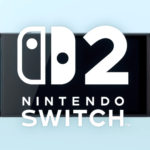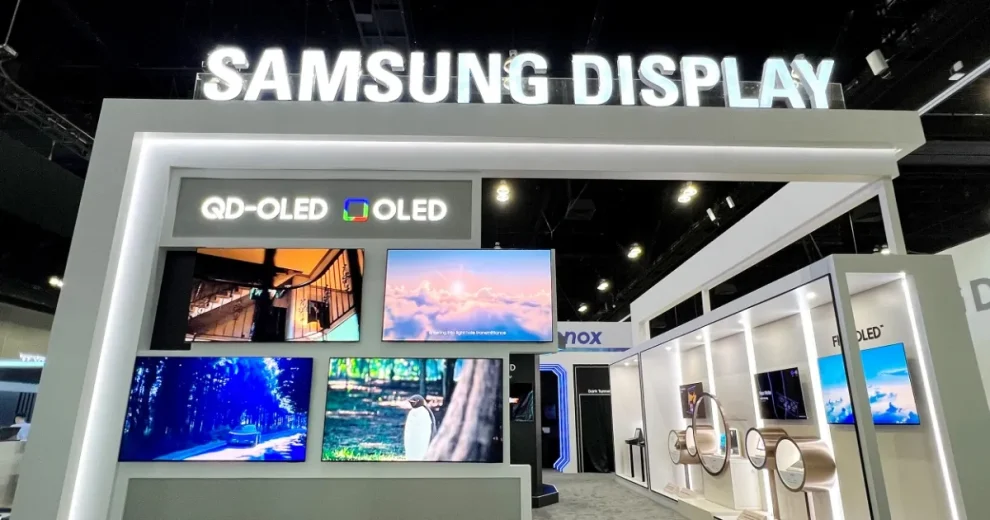The display has become a defining element of the modern smartphone, and the battle for display supremacy is heating up. In a surprising turn of events, reports suggest that Samsung, the world’s leading display manufacturer, will supply its next-generation OLED panels, codenamed “M14,” to both Apple and Google for their upcoming flagship phones – the iPhone 16 and the Pixel 9 series.
This move signifies a potential shift in the smartphone display landscape, with Samsung’s cutting-edge technology finding its way into the hearts of both its biggest competitors. Let’s delve deeper into this development.
A Display Powerhouse: Samsung’s M14 OLED Takes Center Stage
Samsung has consistently pushed the boundaries of OLED technology, and the M14 panel is no exception. Here’s what we know about this next-generation display:
- Enhanced Brightness: The M14 reportedly boasts improved brightness levels compared to previous generations. This translates to a more vibrant and viewable display, especially in outdoor conditions.
- Increased Durability: Reports suggest the M14 displays might offer improved durability against screen burn-in, a common concern with OLED technology. This could lead to longer-lasting displays for both iPhone and Pixel users.
- Material Innovation: The M14 utilizes a new 14-component organic material set. While details remain unclear, this new material composition could potentially contribute to improved color accuracy, power efficiency, and overall display performance.
With these advancements, the M14 OLED promises a significant upgrade in display quality for both iPhone and Pixel users.
Strategic Alliance or Competitive Necessity? Why Samsung is Supplying M14 to Rivals
Samsung’s decision to supply the M14 OLED to both Apple and Google is a strategic move with several potential factors at play:
- Market Dominance: Supplying displays to major competitors like Apple and Google strengthens Samsung’s position as the undisputed leader in the mobile OLED market.
- Economies of Scale: Mass production of the M14 panels across multiple phone brands allows Samsung to potentially reduce production costs and maximize profitability.
- Maintaining a Competitive Edge: By supplying the M14 to rivals, Samsung ensures both iPhone and Pixel displays remain a step behind its own flagship Galaxy devices, which might utilize even more advanced, unreleased display technology.
This move signifies a complex interplay between competition and collaboration in the display market. While Samsung benefits from economies of scale and market dominance, it likely maintains a technological edge through internal development for its Galaxy line.
Beyond the Specs: How the M14 Will Impact iPhone and Pixel Users
The adoption of the M14 OLED by Apple and Google promises several potential benefits for users:
- Brighter and More Vibrant Displays: Improved brightness levels translate to a more enjoyable viewing experience, especially for users who spend a lot of time outdoors or in brightly lit environments.
- Enhanced Durability: Reports suggesting improved resistance to screen burn-in could lead to a longer lifespan for iPhone and Pixel displays, potentially reducing upgrade costs for users.
- A More Unified Display Experience: While these phones will undoubtedly have distinct software and design elements, the use of the same display technology could lead to a more consistent and high-quality viewing experience across both platforms.
The M14 OLED has the potential to elevate the display experience on both iPhone and Pixel devices. This adoption signifies a focus on user experience by both Apple and Google, who recognize the importance of a high-quality display in today’s smartphone market.
The Road Ahead: A Future Lit by Innovation
The integration of the M14 OLED in iPhone and Pixel phones signifies a continued push for display innovation. Here’s a glimpse into what the future might hold:
- Foldable Displays: The rise of foldable phones is undeniable. Future iterations of both iPhone and Pixel displays might incorporate foldable OLED technology, revolutionizing the way we interact with our smartphones.
- Under-Display Technologies: Integrating fingerprint sensors or even front-facing cameras seamlessly beneath the display could be the next frontier.
- AI-powered Display Optimization: Displays that can adjust brightness, color temperature, and content based on ambient light and user preferences could be on the horizon.
With continued advancements in display technology, the future promises even more immersive, personalized, and interactive smartphone experiences.
Conclusion: A Display Collaboration that Benefits All
Samsung’s decision to supply the M14 OLED to Apple and Google is a fascinating development in the smartphone display market. While strategic considerations undoubtedly played a role, it ultimately benefits users by offering them access to cutting-edge display technology. As both Apple and Google integrate the M14 into their flagship devices, we can expect a new wave of innovation in the display space.
















Add Comment